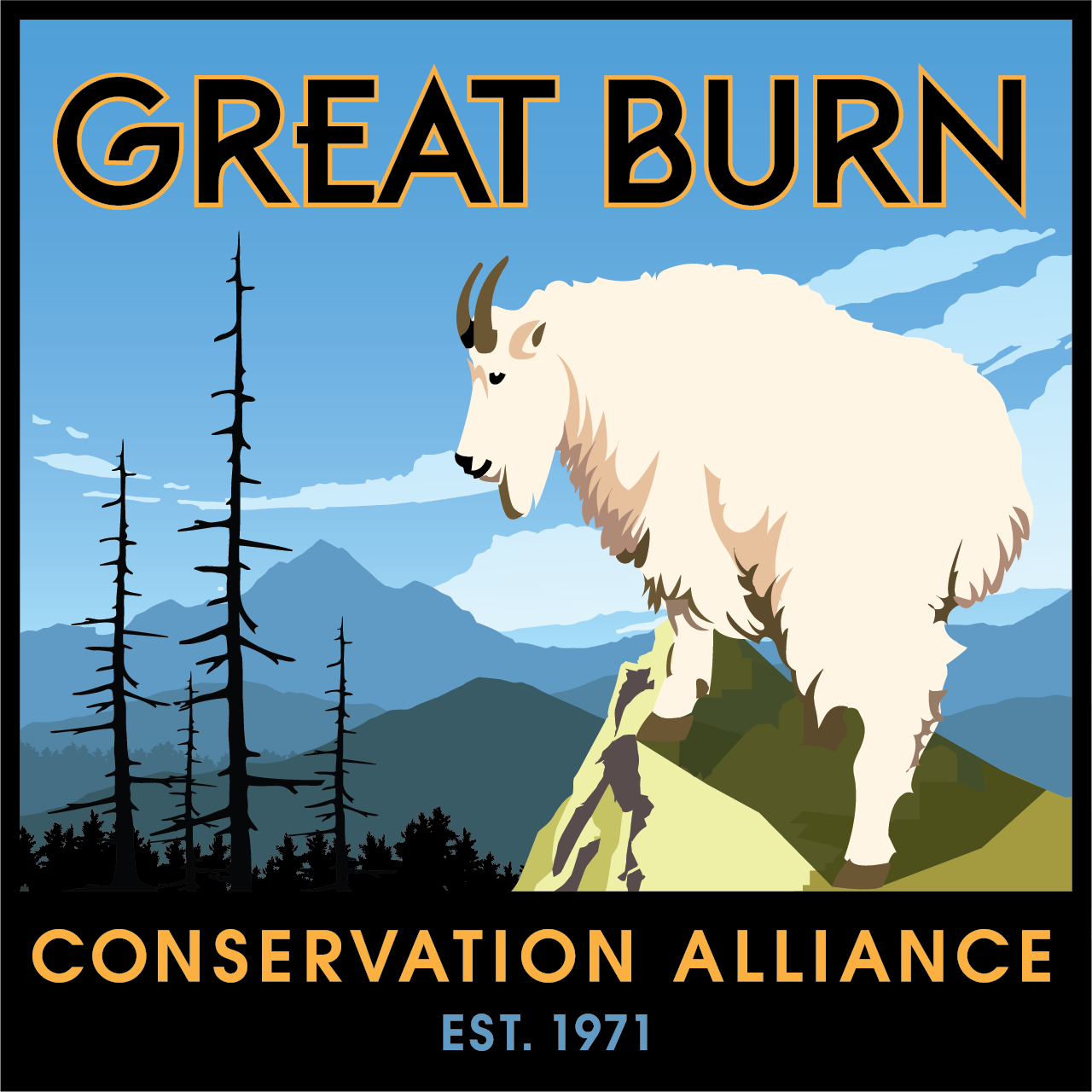Advocating for public lands, especially wilderness is not only important, it’s also a very rewarding experience. However, knowing where to start and how to ensure your voice is heard can be difficult. One of the best, most impactful ways to get involved is submitting a public comment. Public comments are crucial for developing the management of public lands, ensuring that all perspectives are taken into account and holding the Forest Service and other agencies accountable for their actions.
With the new Forest Plan for the Lolo National Forest currently under development, submitting a public comment is especially important, as it could dictate management decisions for the next 20-30 years.
Your Voice Matters
In September, 2022, the Flathead National Forest released a proposed plan to significantly expand the size of the Holland Lake Lodge North of Seeley Lake, Montana, a little more than a two hour drive from the Great Burn. During the ensuing public comment period, the Forest Service received thousands of comments, almost all of which opposed the project. Two months later, Flathead NF rejected the proposed expansion.
There’s more to the Holland Lake story, but, suffice it to say, the comments worked. When it comes to advocating for public lands, almost nothing is as powerful as a public comment. It’s a good reminder as the comment period for the Lolo National Forest’s Proposed Action nears its end date on April 1st.
We Need Your Help
The Proposed Action is a draft of what will become the Lolo National Forest’s new Forest Plan, the guiding document for the National Forest and what will dictate how the Forest is managed for at least the next 15 years, but probably more—the last time there was a new Lolo Forest Plan was 1986. Every project and decision the National Forest makes for the next generation, and every animal, tree, river, and lake within its boundaries will be impacted by the new Forest Plan.
GBCA has been heavily involved in the planning process since it began in 2022, but as Holland Lake showed, there’s no substitute for public voices. We need your help to speak up for the land and the wildlife that call it home. Large, intact landscapes like the Great Burn are becoming increasingly rare, and face numerous threats, and opportunities for quiet recreation, like the kind that can currently be found in the Great Burn ecosystem are fast disappearing. From climate change to overuse, vulnerable species and their habitats need to be protected.
Write a strong comment
Putting together a strong comment that the Forest Service will listen to can feel overwhelming, but with these tips you can ensure your voice will be heard.
Tell them what they’re doing right
There is a lot to like in the Proposed Action, and it’s important to let our land managers know when they're doing a good job. We are excited that the Proposed Action maintains the existing boundaries for the Great Burn Recommended Wilderness. We also want to show appreciation for the FS designating 21 rivers and streams as eligible for Wild and Scenic River protections.
Let them know what needs work
Although there’s a lot of good in the plan, let the Forest Service know there are ways the draft plan can be improved. We have highlighted a couple important changes:
Recommend the Ward-Eagle inventoried roadless area and Upper North Fork-Meadowcreek inventoried roadless area as Wilderness. Currently these areas are classified as non-motorized backcountry, but deserve “recommended” status for their outstanding wilderness characteristics and wildlife habitat value.
Prioritize wildlife habitat connectivity and corridor areas. The entire stateline area is key for large landscape connectivity, as well as more local elevational connectivity.
No non-conforming uses in recommended wilderness. By maintaining the no mechanized or motorized use mandate in recommended wilderness areas we can ensure these areas remain eligible for permanent protection in the future.
Include Fish Creek and the South Fork of Fish Creek as eligible for Wild and Scenic River Designation
Make it your own
The Forest Service will often dismiss or downgrade identical comments. The best comments come from those who include how government action affects them. Point to how wild places are important to you, or how strong conservation efforts are tied to your values. Don’t be afraid to make it yours.





